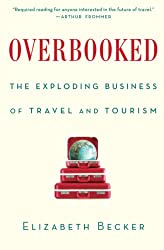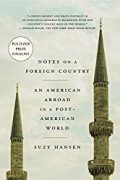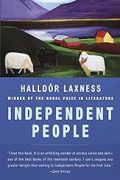
Rating: 7.8/10.
Overbooked: The Exploding Business of Travel and Tourism by Elizabeth Becker
Book by a journalist about the global tourism industry and the effects it has had on the world. Tourism started becoming popular in the 1960s and now is a major economic force shaping many countries. Since it is associated with pleasure, tourism is often not seen as a “serious” industry, but it is now over 10% of global GDP. News about tourism is usually positive because journalists are paid by the industry to attract tourists to destinations, but it has many negative effects as well, which this book covers. Each chapter of the book describes the tourism industry of one country: the history of how it evolved, and the effects it has had on the country. The sections are divided by the types of tourism: cultural (France, Venice, Cambodia), consumerism (cruises and Dubai), nature (African safaris, Costa Rica, Sri Lanka), and China and the USA.
Countries may choose to develop tourism to emphasize their own culture or for consumerism. France is an example of cultural tourism: they aim to remain French without changing themselves to be something else. Still, this involves a lot of investment into improving their cities and marketing to attract visitors, and this has turned out to be very successful, as France is the most visited country in the world. Dubai is an example of consumer tourism: they provide luxury hotels and entertainment, without displaying their Arabic culture. Cruise ships are an ultimate form of consumerism, they’ve evolved to be mainly a “cruise to nowhere” with lots of activities onboard, and only spending a few brief hours at each destination city; cruises are able to avoid labor and environmental laws by operating internationally, hiring workers from low income areas like South Asia.
In many countries that has experienced tourism growth, there have been similar negative effects: locals being driven out by high prices, environmental degradation due to intense traffic, large numbers of tourists destroying the culture of the place that made it attractive in the first place. The problem is especially bad in Cambodia, where the government is corrupt and does not control the sex trade. Ecotourism aims to operate sustainably without harming the environment, and started in Costa Rica and spread elsewhere. This requires smaller scale operations which are more expensive, but tourists expect to pay higher prices for sustainable tourism. African countries realize that destroying their wildlife would mean the end of their tourism industry, so they take a serious stance on environmental protection, thus, tourism is not necessarily at odds with environmental sustainability.
The last sections are about China and the USA, two giant countries that aren’t typically associated with tourism. China was closed off for several decades before Deng Xiaoping realized the usefulness of tourism to stimulate the economy, and now the Chinese are one of the largest groups of tourists. The author disparages the Chinese’s preferred method of travel, involving hyper-optimized tours to see the highlights as quickly as possible, and lacking any experience of “authentic” local food and culture. The USA also had tourism as a low priority item for decades, especially after 9/11 when it was exceedingly difficult to obtain visas, but recently the government has taken a more active role in tourism development and marketing, mainly its national parks and manmade attractions such as Disneyland.
Overall, I found this book a bit repetitive and tedious, because the author repeats a lot of similar negative things that are more or less the same in all the countries that have tourism. Most of these negative effects are already covered frequently in the media already. For me, the more interesting parts were about how tourism had to be intentionally developed, many of the locations that we take for granted today needed a lot of effort to be suitable for tourists.



